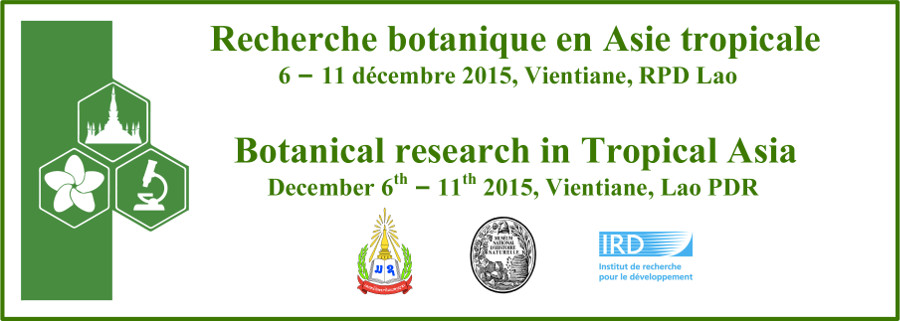Rothmannia, as currently circumscribed, is the most widely distributed genus of the Rothmannia group sensu Mouly et al. (2014), with c. 40 species in the Old World. Due to their impressive flowers, which have wide white corollas with purple speckling, several species in the genus are used as ornamentals. Interestingly, the genus has two main widely separated centres of diversity: Africa, and tropical South-East Asia. The genus Kochummenia has recently been shown to be allied to Rothmannia and several Gardenia species remain misplaced and possibly belong in Rothmannia. These findings question the circumscription of Rothmannia in Asia and this then renews questions about the relationship of the Asian species to those in Africa. To assess both the monophyly of the genus and the biogeography of the species, we used sequence data from the cpDNA markers trnTF, atpB-rbcL, and rpl32-trnLF(UAG) and the nrDNA ITS to build a phylogeny. The resulting tree topology was further used to address the position of the Asian representatives of the group and their biogeographical origins. We retrieved a well resolved and supported phylogeny that showed the Asian representatives of Rothmannia belonging to a single lineage with Kochummenia and a species of Gardenia nested within it. The overall tree topology clearly shows that African lineages are basal within the Rothmannia group, revealing an African origin of the Asian species. This divergence occurred during the late Miocene. Later, diversification took place during the Pliocene and the Pleistocene resulting in the current complex distribution pattern for the continental and insular tropical Asian species. South-East Asia has more than 20 species, of which several are narrowly endemic and should probably be considered highly threatened.
- Poster

 PDF version
PDF version

